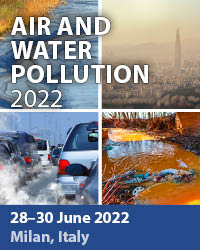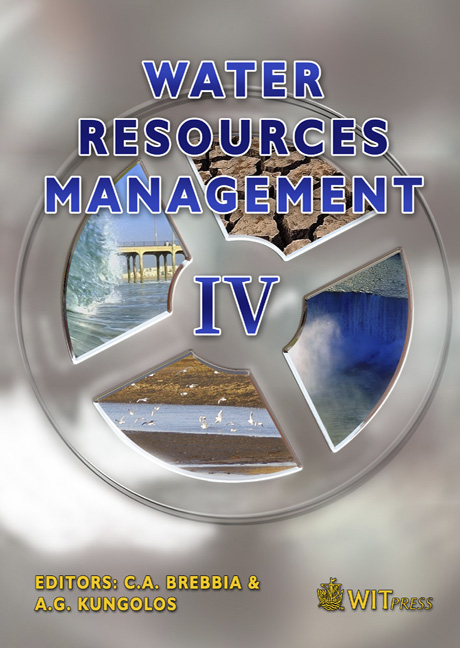Water Resources Management – A Possibility For Drought Mitigation In Wetlands?
Price
Free (open access)
Transaction
Volume
103
Pages
10
Published
2007
Size
970 kb
Paper DOI
10.2495/WRM070061
Copyright
WIT Press
Author(s)
O. Dietrich, H. Koch & S. Schweigert
Abstract
The water balance of many wetlands in the North-East German Lowland is dominated by water resources management systems with drainage and subirrigation. These systems are integrated in the water resources management system of their whole river basin. Scenario investigations show the possibilities and constraints of different water resources management options within the wetland and in the basin. For the Spreewald wetland strategies for the mitigation of negative impacts of climate change are presented as an example. Keywords: wetlands, water resources management, drainage, sub-irrigation, water balance model, climate change. 1 Introduction Most of the wetlands in the North-East German Lowland are fens. After the last ice age they developed in spite of the climatic conditions with a mean annual precipitation of approximately 500 mm per year, because they got sufficient recharge from their basin and the discharge was blocked by natural barriers. In the last two centuries most of the fens were drained for agricultural land use. However, because of the low precipitation, the drainage systems were completed with a number of weirs as a prerequisite for intensive agricultural production in the 1970s and 1980s. Therefore, these regions have complex water resources management systems today, which are often integrated in the water resources management system of the whole river basin.
Keywords
wetlands, water resources management, drainage, sub-irrigation, water balance model, climate change.





